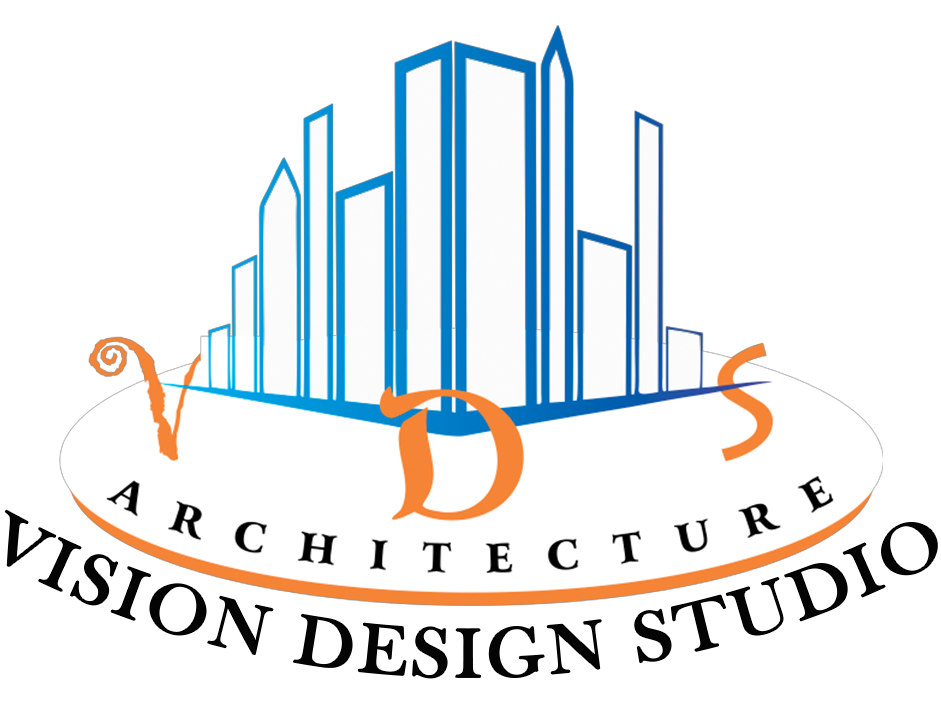
3d Design
About 3d Design
3D designing has revolutionized the world of creativity and innovation, providing designers with a powerful tool to visualize and bring their ideas to life. By leveraging advanced software and technologies, 3D designing enables the creation of three-dimensional models that accurately represent the intended object or environment.
In 3D designing, designers can manipulate virtual objects, adjusting their shape, size, texture, and color with precision. This allows for a more immersive and detailed representation of the final product, whether it’s an architectural structure, product prototype, or animated character.
The use of 3D design extends across various industries, including architecture, industrial design, gaming, animation, and film production. It enables designers to explore multiple design iterations, test functionality, and assess visual aesthetics before moving on to the physical manufacturing or production stage.
Furthermore, 3D designing facilitates effective communication and collaboration among project stakeholders. With a realistic and interactive model, designers can present their ideas more convincingly, allowing clients, investors, and teams to better understand the concept and provide valuable feedback.
The benefits of 3D designing are far-reaching. It enhances creativity, enabling designers to push the boundaries of what is possible. It improves efficiency by streamlining the design process and reducing the need for physical prototypes. Additionally, it contributes to cost savings by identifying design flaws early on and minimizing rework.
In conclusion, 3D designing empowers designers to unleash their creativity and achieve remarkable levels of precision. With its ability to visualize complex objects and environments, it serves as a transformative tool across industries, enabling innovation, enhancing communication, and ultimately bringing ideas to life in a more tangible and immersive manner.
